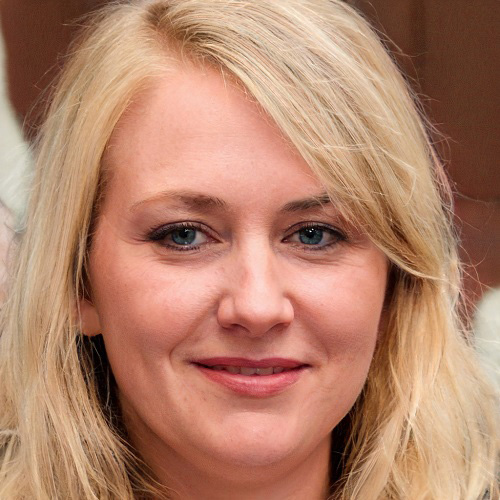
In the journey towards financial security, savings accounts play a pivotal role. They're not just vaults for your money but a structured way to manage your financial goals. However, one question often arises: “How many savings accounts should you have?”
The number of savings accounts you should have depends on your individual financial goals and needs. It's common advice to start with at least one for an emergency fund, covering three to six months of living expenses. Beyond that, consider additional accounts for specific savings goals
This blog further discusses managing multiple savings accounts, guiding you through the benefits, considerations, and strategies to optimize your savings with an eye toward financial security and goal attainment.
The primary advantage of maintaining multiple savings accounts lies in the organization. Each account can serve a distinct purpose or financial goal, making it simpler to track progress toward each. This method also offers psychological benefits by minimizing the temptation to spend, as funds for specific goals like vacations or car repairs are clearly separated.
Additionally, Federal Deposit Insurance Corporation (FDIC) insurance provides coverage up to $250,000 per depositor, per insured bank, for each account ownership category. Thus, spreading your savings across different banks can maximize your coverage.
Emergency Fund Account: It's universally recommended to prioritize an emergency fund, ideally holding three to six months' worth of living expenses. This ensures you have a financial cushion for unforeseen circumstances.
High-Yield Savings Account: These accounts offer higher interest rates compared to traditional savings accounts, making them ideal for short-term savings goals.
Specific Goal-Oriented Accounts: Consider opening savings accounts for specific purposes such as travel, automotive expenses, home repairs, taxes (especially for the self-employed), major life events, and holiday expenses. These accounts help you allocate funds appropriately, ensuring you're prepared for both the expected and unexpected.
However, there are potential downsides. Maintenance fees can add up, especially if minimum balance requirements are not met. Spreading your savings too thin across multiple accounts might also prevent you from qualifying for the best interest rates. Moreover, managing multiple accounts can be cumbersome, requiring diligent tracking and management.
To effectively manage multiple accounts, start by prioritizing your financial goals. Automate transfers to each account to ensure consistent savings. Online banking and mobile apps have made it easier than ever to keep an eye on your progress towards each goal. Adjust your savings plan as your financial situation and goals evolve.
Yes, potential downsides include the hassle of managing multiple accounts, the risk of not meeting minimum balance requirements and incurring fees, and possibly earning lower interest rates if your funds are spread too thinly.
FDIC insurance covers up to $250,000 per depositor, per insured bank, for each account ownership category. If you have more than this in one bank, consider spreading your funds across different banks to maximize coverage.
Yes, most banks allow you to open multiple savings accounts. This can be a convenient way to organize your savings, though it's important to understand the bank's policies, fees, and any benefits that may apply.
To manage multiple savings accounts effectively, use online banking to keep track of balances and transactions, set up automatic transfers to allocate funds towards your savings goals regularly, and review your accounts periodically to adjust your savings strategy as needed.
Ultimately, how many savings accounts should you have depends on your unique financial situation and goals. Starting with an emergency fund is a wise choice, after which you can expand based on specific goals. Remember to consider the potential fees, interest rates, and the effort required to manage multiple accounts.
Learn more about high-paying careers for moms with our comprehensive guide. Discover more tips and helpful resources on financial management by visiting Money Now.
